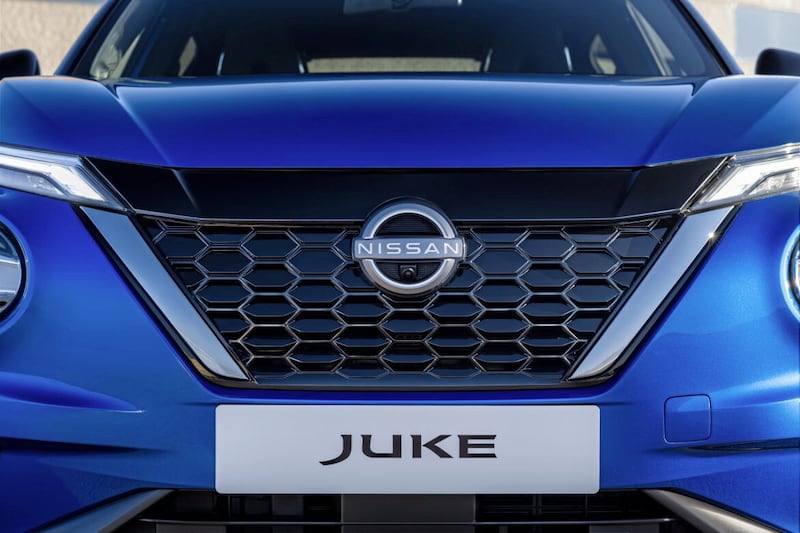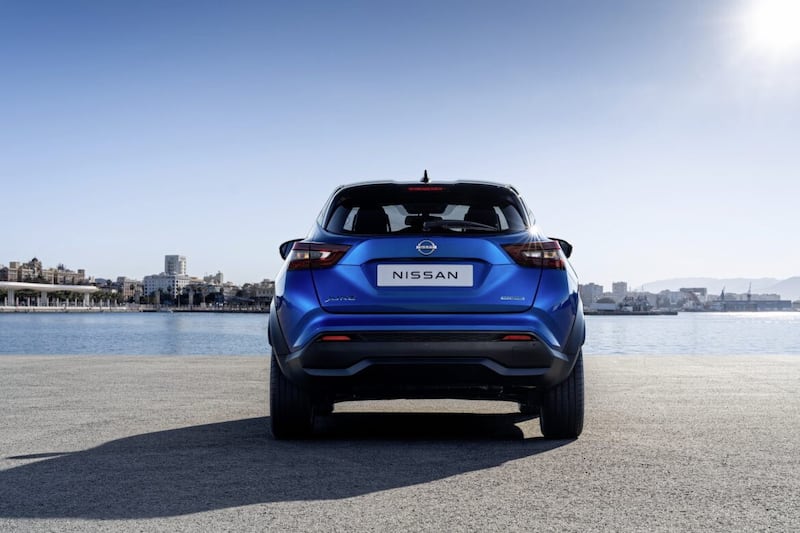AS it did with the Qashqai a few years before, Nissan more or less invented – or at least popularised – a new class of car when it wheeled out the Juke in 2010, writes William Scholes.
Where the larger Qashqai was a thoughtful and rather rational reimagining of the family hatchback – think Volkswagen Golf, with a bit of ambition – the Juke didn't appear to make any sense at all.
Here was a small, weird looking car which had a pseudo-SUV stance and even less interior space than its diminutive footprint and quirky silhouette suggested. Nor was it particularly pleasant to drive. It didn't feel especially posh to sit in either. Looked at from certain angles it looked like a super-sized Fisher-Price toy car.

Yet, somehow, it worked, in a love it or loathe it kind of way. And the people who loved it, really loved it. The Juke earned a loyal following and became a big success for Nissan.
Other car-makers wanted a slice of the Juke pie, and set about adding 'higher-up' versions of their superminis to their ranges, giving us cars like the Peugeot 2008 and Renault Captur as jacked-up examples of the 208 and Clio, respectively.
Read more:
The original Juke soldiered on for nine years – a very long time by normal model-cycle standards in the motor industry – yet was still selling strongly when Juke v2.0 landed.

It is still unmistakably a 'Juke', with a bunch of design themes that ought not to work when juxtaposed with each other; yet the little Nissan manages to look just about coherent. This latest Juke is smoother edged and, especially when viewed front-on, has a family resemblance with its big brother Qashqai as well as the X-Trail and Ariya EV.
The Juke still isn't an especially practical car, though passengers larger than toddlers can now access the back seat without dislocating one or more limbs. The sloping roofline and shallow windows make the rear feel dark and cramped though.
There's more space for front passengers, though a Captur or 2008 feels roomier. The view out is good, thanks to that elevated driving position, though the rear visibility is compromised by the narrow tailgate window.

It's all well put together and made with materials of decent quality, though little of the outside visual flair is continued within. A 2008 has a more striking cabin.
Perhaps the run-of-the-mill interior is the trade off for an exterior that is genuinely distinctive. In the right colour, it looks more expensive than it is – the two-tone finish of the test car, a combo of dark metallic blue bodywork with a black roof, works really well.
Read more:
The test car, in Tekna+ trim, had improbably large wheels for a small car. The 19-inch alloys certainly look the part but the trade off on our pockmarked roads is a less then plush ride quality.

If you want a small car that majors on being fun to drive, you're probably best to avoid the Juke. There's not a lot of feel or feedback in the steering and the engine and gearbox aren't especially pleasant to operate. It's all perfectly competent, but lacks the layer of polish you'd find in something with a Mazda badge or a Ford Puma, for example.
Two engines are offered. There's a dull 1.0-litre three-cylinder petrol with 112bhp, which can be had with either a six-speed manual or seven-speed dual-clutch automatic gearbox.
More interesting – albeit more expensive – is the petrol-electric hybrid option. There's a total of 141bhp at your disposal, courtesy of a 1.6-litre four-cylinder petrol with 93bhp and an electric motor with 48bhp. It incorporates a 'smart' automatic gearbox, and the drivetrain does a good job of disguising the complexity involved.

From the driver's point of view, the Juke hybrid starts in electric mode, every time. It is also capable of 'one-pedal' driving, meaning that lifting your foot off the accelerator has the same effect as applying the brake pedal in a 'normal' car because of the strength of the regenerative brakes. This sort of system is typical in pure electric cars but less often available in hybrids, so kudos to Nissan for fitting it to the Juke. It quickly becomes second nature, but it can be turned off if you prefer a more conventional throttle-and-brake set-up.
On paper, the hybrid is supposed to be able to achieve a combined cycle fuel consumption of 57.6mpg, though in practice I struggled to get within 10mpg of that in real world driving. That's disappointing to say the least. It also begs the question whether all the added weight and complication is worth it.

For comparison, the Suzuki Swace – a family estate car also with a hybrid system, and costing the same as the Juke hybrid – was more economical in the same driving conditions. The Juke also emits more CO2 than the Toyota Corolla-by-another-name Swace, with 112g/km compared to the larger car's 102g/km.

Jukes come in five trim levels, starting with the £20,985 Visia and rising to the £31,110 asked for a Tekna+ hybrid.
The upper trims in particular are very well equipped, getting heated seats and even a heated windscreen and Bose sound system. There's a raft of safety kit, too, and gadgets like Apple CarPlay.
Ultimately you don't really buy a Juke because of its engine or the specification list. You buy one because you're won over by its styling and the fact that when so many cars look so similar to each other, no-one will confuse your car for anything other than a Juke.






